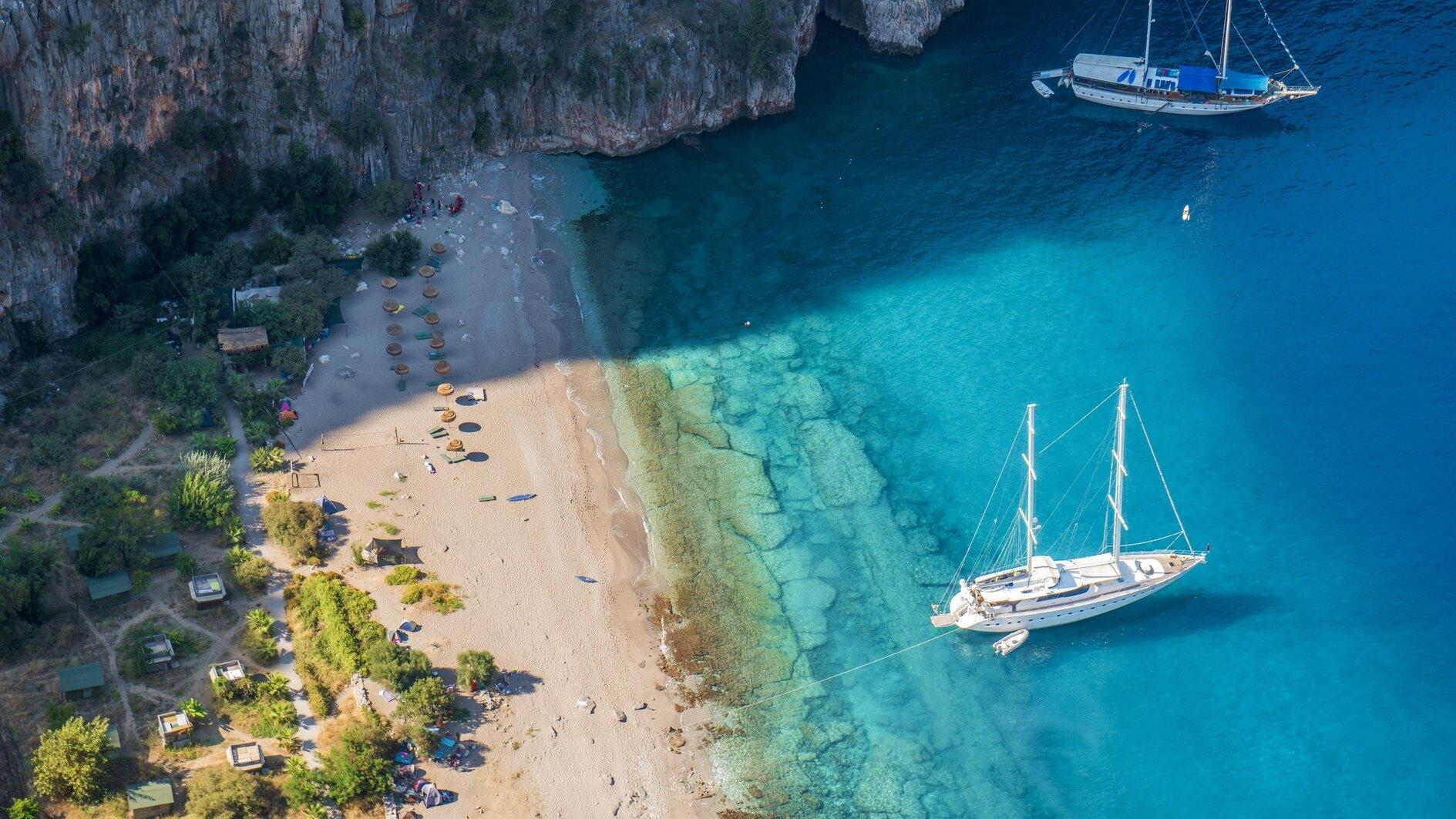Philippine typhoon survivors loot and dig up water pipes
TACLOBAN, Philipinnes - Reuters

Typhoon Haiyan survivors cover their mouth from the stench of dead bodies in Tacloban, Philippines. More the 670,000 people have been displaced by the storm, the United Nations has said. AP photo
Desperation gripped Philippine islands devastated by Typhoon Haiyan as looting turned deadly Nov. 13 and survivors panicked over delays in supplies of food, water and medicine, some digging up underground water pipes and smashing them open.Five days after one of the strongest storms ever recorded slammed into cities and towns in the central Philippines, anger and frustration boiled over as essential supplies dwindled. Some survivors scrawled signs reading “Help us.”
Controversy also emerged over the death toll. President Benigno Aquino said local officials had overstated the loss of life, saying it was closer to 2,000 or 2,500 than the 10,000 previously estimated. His comments, however, drew scepticism from some aid workers.
Some areas appeared to teeter near anarchy. ANC Television said security forces exchanged fire with armed men amid widespread looting of shops and warehouses for food, water and other supplies in the village of Abucay, part of worst-hit Tacloban in Leyte province.
Eight people were crushed to death when looters raided rice stockpiles in a government warehouse in the town of Alangalang, causing a wall to collapse, local authorities said. Other looters still managed to cart away 33,000 bags of rice weighing 50 kilograms each, said Orlan Calayag, administrator of the state-run grain agency National Food Authority.
Warehouses owned by food and drinks company Universal Robina Corp and drug company United Laboratories were ransacked in the storm-hit town of Palo in Leyte, along with a rice mill in Jaro, said Alfred Li, head of the Leyte Chamber of Commerce and Industry.
Tacloban city administrator Tecson John Lim said 90 percent of the coastal city of 220,000 people had been destroyed, with only 20 percent of residents receiving aid. Houses were now being looted because warehouses were empty, he said.
‘Looting not criminality’
“The looting is not criminality. It is self-preservation,” Lim told Reuters. Some survivors in Tacloban dug up water pipes in a desperate bid for water.
“We sourced our water from an underground pipe that we have smashed. We don’t know if it’s safe. We need to boil it. But at least we have something,” said Christopher Dorano, 38. “There have been a lot of people who have died here.”
The government has been overwhelmed by the force of the typhoon, which decimated large swathes of Leyte province where local officials have said they feared 10,000 people died, many drowning in a tsunami-like surge of seawater.
Aquino, who has been on the defensive over his handling of the disaster, said the government was still gathering information from various storm-struck areas and the death toll may rise. “Ten thousand, I think, is too much,” Aquino told CNN in an interview. “There was emotional drama involved with that particular estimate.”
“We’re hoping to be able to contact something like 29 municipalities left wherein we still have to establish their numbers, especially for the missing, but so far 2,000, about 2,500, is the number we are working on as far as deaths are concerned,” he said.
Officials said Aquino referred to estimated deaths. Official confirmed deaths stood at 2,275, with only 84 missing, a figure aid workers consider widely off the mark.
Some aid workers cast doubt over Aquino’s estimate. “Probably it will be higher because numbers are just coming in. Many of the areas we cannot access,” Gwendolyn Pang, secretary general of the Philippine Red Cross, said.
The preliminary number of missing, according to the Red Cross, is 22,000. Pang cautioned that figure could include people who have since been located.
More the 670,000 people have been displaced by the storm and nearly 12 percent of the population directly affected, the United Nations said.
















